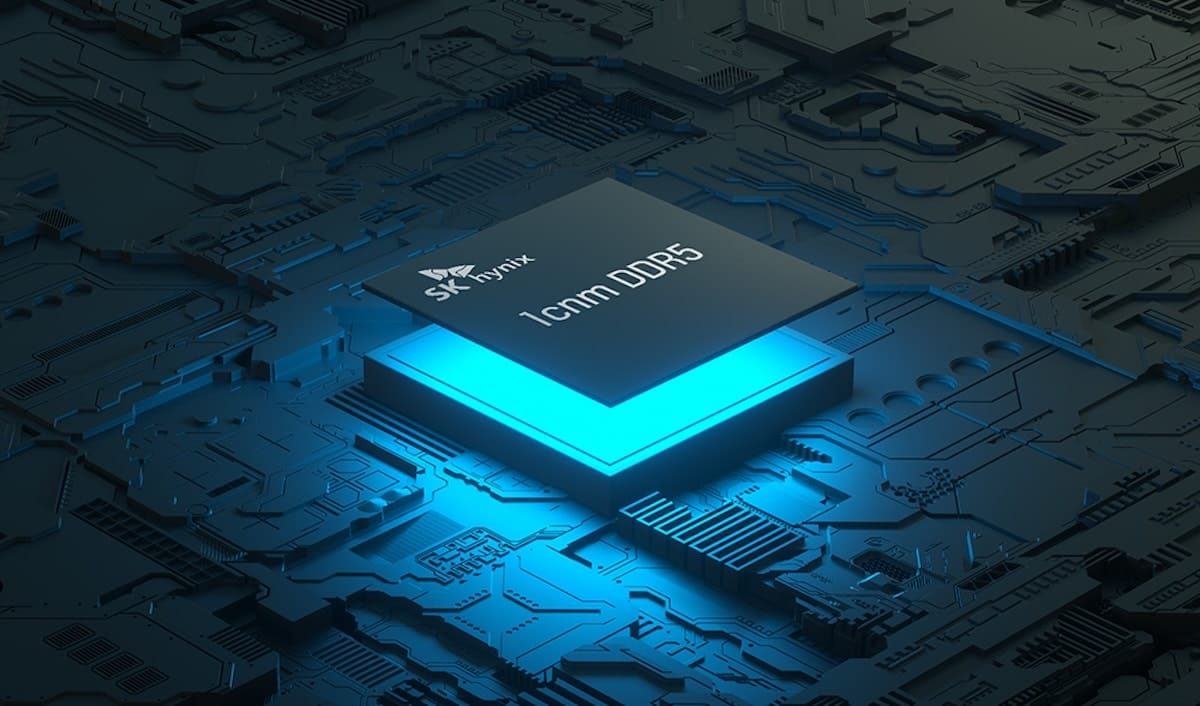Sure! Here’s the translation of the text into American English:
—
The DRAM memory industry has traditionally been dominated by three giants: Samsung, SK Hynix, and Micron. However, the Chinese company CXMT (ChangXin Memory Technologies) has achieved impressive growth in recent years, to the point of surpassing SK Hynix in mobile DRAM shipments during the third quarter of 2025.
This milestone marks a significant shift in the industry, with China establishing itself as a key player in the semiconductor sector, challenging the leadership of South Korean and American companies.
A Meteoric Rise in the DRAM Market
CXMT has experienced exponential growth in the market share of mobile DRAM, driven by its production capacity, lower costs, and government support. In 2023, the company had a mere 2% of the market, but by the end of 2024, it had already reached over 12%. According to estimates, by the third quarter of 2025 (Q3 2025), CXMT is expected to achieve a 21.5% market share, surpassing SK Hynix (21.2%) and Micron (21%).
Despite this advance, Samsung remains the industry leader with a 35.4% market share, although it has suffered a decline of nearly 20% in the past two years due to increasing competition.
Impact on the Industry and Competition with Tech Giants
The rise of CXMT not only impacts the mobile sector but is also starting to penetrate other markets such as servers, where the company has increased its share from 0% to 2.1% in just a few quarters. This demonstrates that China’s strategy to reduce its dependence on foreign manufacturers is bearing fruit, reinforcing its technological self-sufficiency.
The company has benefited from its mass production capability and lower manufacturing costs, allowing it to offer competitive prices and increase its presence in key markets.
SK Hynix and Micron are facing growing competitive pressure, as CXMT has not only gained ground in the mobile sector but also has ambitions in other areas, such as server and personal computer DRAM memory.
Micron and Its Advances in DDR5 DRAM
While CXMT is advancing in terms of market share, Micron has focused on technological innovation, developing its new 1-gamma node, which allows speeds of up to 9,200 MHz in DDR5 memory. This technology represents a significant improvement over the 1-beta node, which reached up to 8,200 MHz.
However, these advances have not been enough for Micron to surpass its main rivals, as SK Hynix and CXMT have maintained a stronger growth rate in terms of mobile DRAM shipments.
The Future of CXMT and the DRAM Industry
While Samsung continues to lead the market, CXMT’s rapid growth poses a real threat to the dominance of South Korean and American companies in the semiconductor industry.
Key Factors Driving CXMT’s Growth
- Expansion of production capacity: China has heavily invested in semiconductor factories to strengthen its local industry.
- Lower manufacturing costs: Production in China remains cheaper compared to its South Korean and American competitors.
- Government support: The Chinese government has implemented strategies to boost the semiconductor industry, reducing dependency on foreign companies.
- Greater acceptance in the international market: As CXMT improves the quality and performance of its products, more mobile device manufacturers are considering its DRAM as a viable option.
Challenges for CXMT
- Technological advancement: Despite its rapid growth, CXMT still needs to reach the level of innovation of Samsung, SK Hynix, and Micron in terms of efficiency and performance.
- International restrictions: Sanctions and regulations imposed by the U.S. and its allies could affect CXMT’s access to certain key technologies.
- Expansion into other segments: Although it has established a strong presence in the mobile sector, the company still needs to solidify its position in other markets, such as servers and enterprise storage.
Conclusion
The rise of CXMT as the second-largest mobile DRAM manufacturer marks a transformational shift in the semiconductor industry. In less than three years, the company has gone from being an insignificant player to a real threat to giants like SK Hynix and Micron.
As we move further into 2025, CXMT is expected to continue growing and consolidating its presence in other sectors of the memory industry, which could redefine the balance of power in the global semiconductor market.
Samsung remains at the helm, but the question is for how long?
—
Let me know if you need any further assistance!

